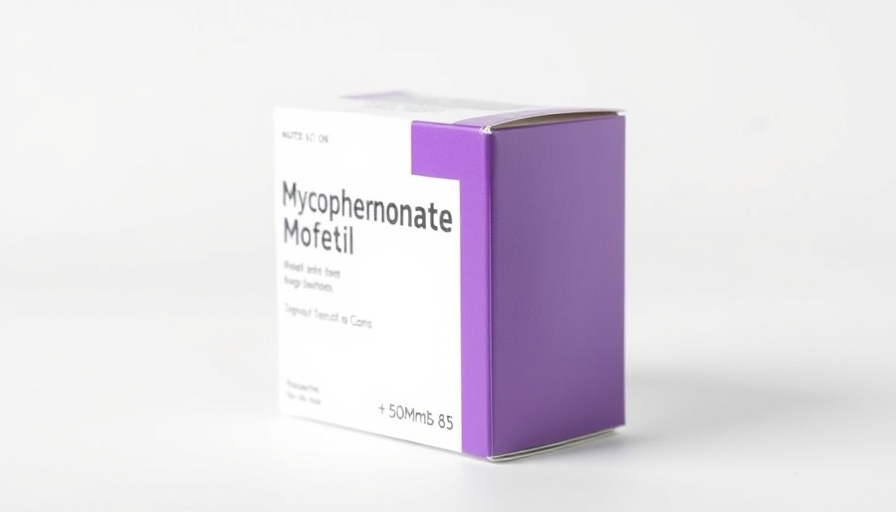
Understanding the Challenges in Pediatric ART
The recent findings from the ODYSSEY trial presented at the International AIDS Society Conference raise critical concerns about the treatment of younger children living with HIV. This trial highlighted that those who are younger and have low BMI are more susceptible to treatment failure when undergoing first-line Antiretroviral Therapy (ART). Despite advances in therapy, the success rates in this vulnerable demographic paint a stark picture, emphasizing the need for tailored interventions.
Why Age and BMI Matter in Treatment Outcomes
According to the study, which tracked 381 children initiating ART, a staggering 75 experienced treatment failure within 96 weeks. Those treated with Dolutegravir (DTG), while showing some superior efficacy, still had notable incidents of failure especially among younger participants. The median age of these children was just 10.5 years, and approximately 19% fell under the WHO criteria for advanced disease stages. Among the identified significant predictors for ART failure, low BMI stood out prominently alongside low CD4 counts and ongoing WHO stage III/IV disease events.
Insights from Global Data
The participants of the ODYSSEY trial were primarily from Africa (82%), with others from Thailand and Europe. This raises important questions around the support systems and healthcare access in different regions for these children. Previous studies suggest that while younger children struggle more with ART adherence and efficacy, adolescents show promising outcomes in highly supported environments. This disparity highlights the necessity for a more robust support structure for the youngest patients who face the highest risk of treatment failure.
Future Directions in Pediatric HIV Treatment
The implications of this study are vast, suggesting that healthcare providers must pay careful attention to a child's baseline health indicators such as BMI and CD4 levels when designing treatment plans. Moreover, there’s a pressing need for enhanced monitoring and support systems, possibly incorporating nutritional programs to address low BMI issues. The findings advocate for personalized healthcare strategies in ART to optimize outcomes for younger patients.
Community and Family Support
One overarching solution lies in bolstering community and family support for children undergoing ART. Families can play a crucial role in ensuring medication adherence, and community health initiatives can provide necessary resources to educate caregivers about the importance of the treatment. Establishing a healthcare network that actively involves families may significantly improve treatment outcomes for younger children.
In conclusion, these findings underscore not only the scientific understanding of HIV treatment in children but also the human aspects that influence their healthcare journeys. As we move forward, tackling the predictors of ART failure through comprehensive support and tailored medical strategies will be essential in improving the quality of life for children living with HIV.
 Add Row
Add Row  Add
Add 




Write A Comment